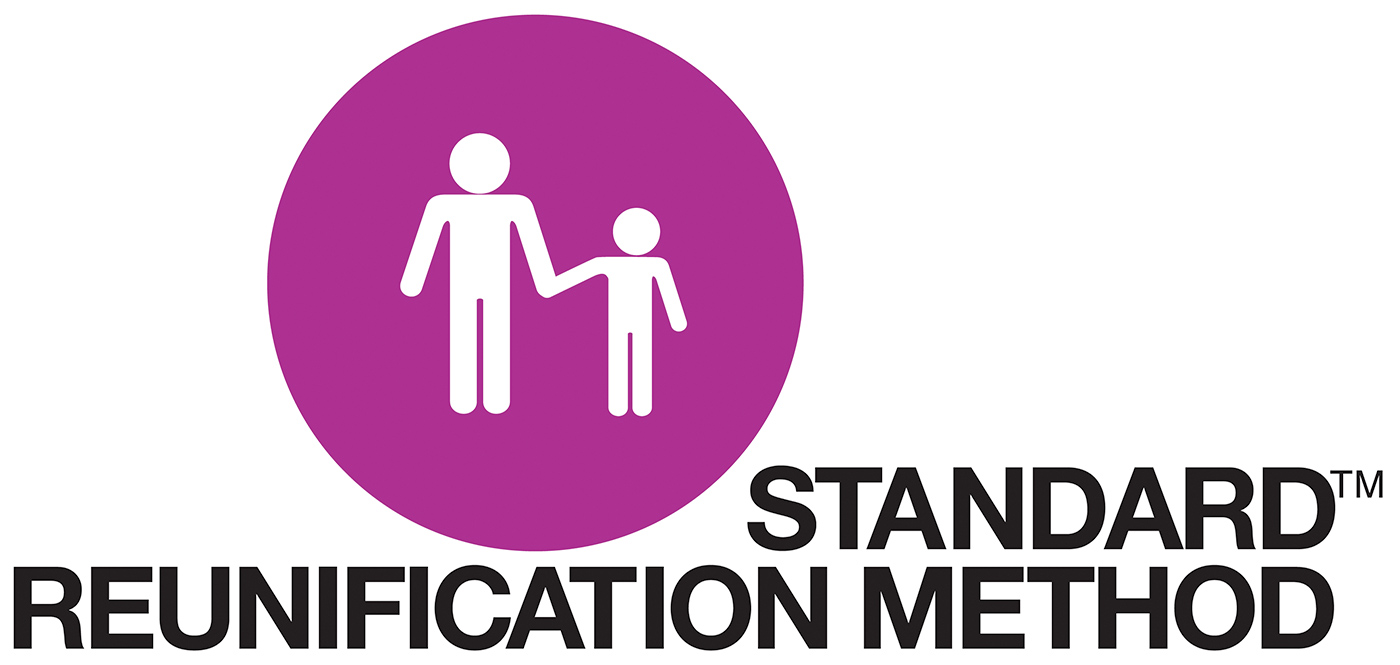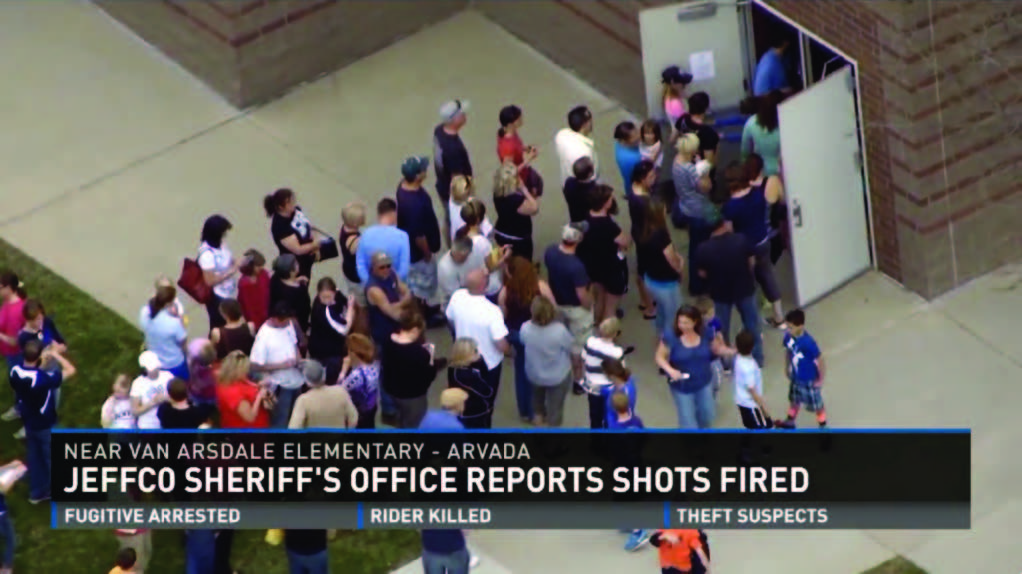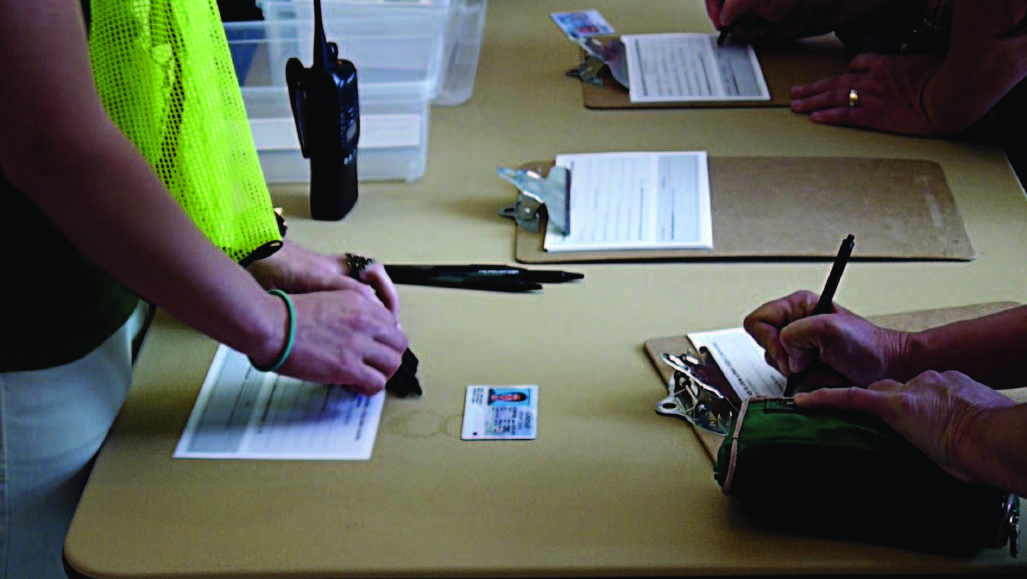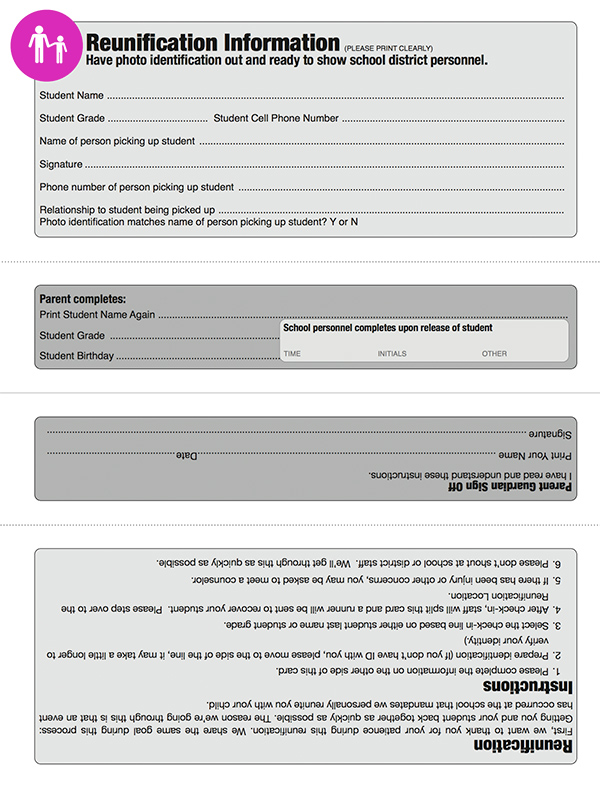TxSSC
K-12 Standard Reunification Method Toolkit
1.0 About the Standard Reunification Method (SRM)

The materials in this toolkit provide the fundamentals for a comprehensive district plan. The beauty of the Standard Reunification Method is its simplicity.
The Process In a Nutshell
- Establish a parent check-in location.
- Deliver the students to the student staging area, beyond the field of vision of parents/guardians.
- Once students are on site, notify parents of location.
- "Greeters" direct parents/guardians to the parent check-in location, and help them understand the process.
- Parents/guardians complete Reunification Cards.
- Procedure allows parents/guardians to self-sort during check in, streamlining the process.
- The "Reunifier" recovers student from the student staging area and delivers to the parent.
- Controlled lines of sight allow for an orderly flow, and issues can be handled with diminished drama or anxiety.
- Medical, notification, or investigative contingencies are anticipated.
- Pedestrian "flows" are created so lines don't cross.
- When it's all said and done, successful reunification is about managing the student and parent experience.
When to Initiate a Reunification
Initiating a reunification can be a result of anything abnormal at the school or in the area: power or phone outage, weather event, hazmat incident, bomb threats, criminal activity in the area, or active violence at the school.

In some cases it may be only a partial student population reunification. For instance, criminal activity in the area might result in reunifying students who walk to and from school.
Keep Parents Outside
The process works best when you can keep the parents outside of the building. If weather or circumstance dictate parents should be inside the building, give special attention to walking flows and sightlines. Caution tape is a secret "force field" when establishing the parent staging areas within a building.
Why Use Cards?
Many schools use electronic rosters or campus information systems. Wouldn’t that be easier? The reality is a little different. First and foremost is access to data. Foundation research indicates that in any high profile incident, and even many local ones, internet and cell service become intermittent or even unresponsive. Often school WiFi is impacted as well.
The Card
The Reunification Card does a ton of work. Its primary function is to provide accountability, so one student per card is recommended. It also helps with the parent experience. The card is perforated and gives parents a sense of progress as they go through the process.
These cards were created to facilitate the reunification of students with their parents. You may download and print the cards in both english and spanish by clicking the buttons below.
You may also download and print the SRM Parent Handout to help parents understand the reunification process and how to fill out the cards by clicking the button below.
A Little Social Engineering
A reunification typically occurs because of a crisis or emergency. Consequently, not just students and parents are trying to function at extraordinary stress levels; staff, their families and other first responders also feel the strain. By having a defined process with signage, cards, branding, procedures and protocols, the school presents an organized, calm face to all involved. Fear or uncertainty often results from the unknown. By adopting, communicating and practicing a "known" procedure, the school removes some of that uncertainty.

The cards also bring anxiety down a notch. Asking a parent to complete the form is a familiar activity and will demand the parent slow down and perform a cognitive action, "Here, read the instructions on back, and we'll get things started," might be the first step in lowering parental blood pressure.
